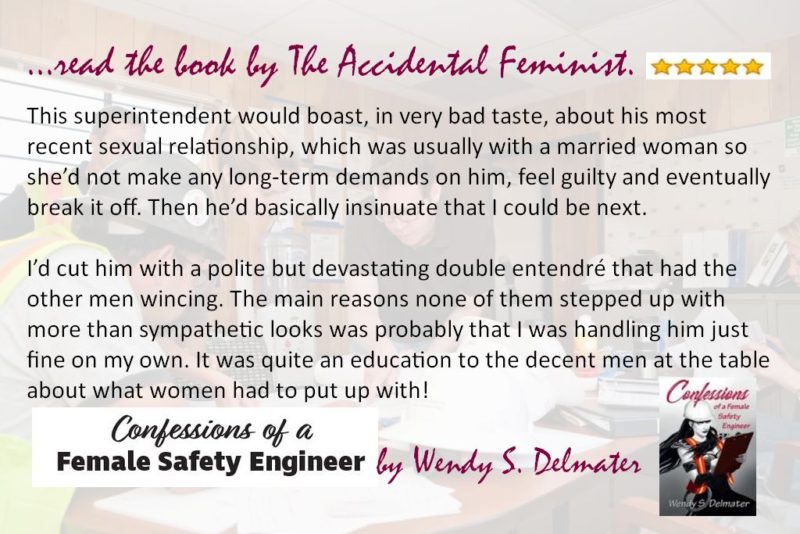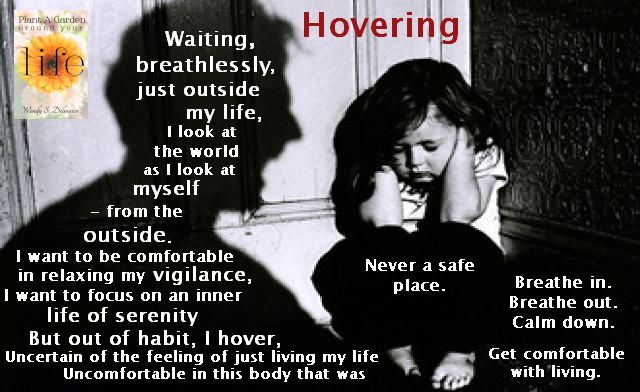
This ad will grace the back page of the Rhysling Anthology. It’s nice that our art will be in color!


This ad will grace the back page of the Rhysling Anthology. It’s nice that our art will be in color!
#BOOKQW – get it at Amazon.


I’m three thousand words into a new writing project about how to create short fiction, a book with the working title Writing the Entertaining Story.
Here’s a raw snippet from the opening.
Your story has to take your reader somewhere else. Ultimately, with skill, your story can become a vacation from this world into a created world that you, as the author, make seem very real. This is done using “telling details,” grounding the reader in the story and by creating a secondary world. World-building is an especially important feature if you write science fiction or fantasy, but it’s a huge element in all entertaining stories.
Above all, your story has to make people blink and react in surprise and almost withdrawal when they return to the real world. To do this, you want to induce a near-trance state in the reader, where they are in your created world and make an emotional transition when they re-enter this world. Note: The shorter the story, the harder that is to do.
As was the case with Confessions of a Female Safety Engineer, this book is coming out fast. With any luck, I will have it ready in time for Ravencon.
Sale! Now that i have the contract, I can tell you all that in 2019 a reprint of my tale of Confederate ghosts, “The Groundskeeper’s Tale,” will appear in FANTASY FOR THE THRONE.
On one hand it’s great that I get to work with Tom Easton as editor and Ian Randall Strock as publisher. And if the talent in FANTASY FOR THE THRONE is comparable to SCIENCE FICTION FOR THE THRONE, I will be in impressive company. On the other hand, in a way it’s rather embarrassing, actually, to have my work in a volume of “one sitting reads” meant for, well, take a look at the cover for SCIENCE FICTION FOR THE THRONE.

I can only imagine what the cover for FANTASY FOR THE THRONE will look like. My contributor’s copy will be an interesting addition to my brag shelf.

Oh no. Your literary creation—poem, article, novel, or story—has been rejected. What do you do now?
One of the first questions you should ask is, was this a Form Rejection or a Personalized Rejection? When you use The Grinder (by Diabolical Plots) to keep track of your submissions, it even gives you those options on a drop down menu. And there a shades of rejection letters, something called “tiered rejections.” Every publication has different rejection letters, too. One thing you can do is to take a look at the rejection wiki to see if the market you submitted it to has sample rejection letters.
If it’s a form rejection letter, try not to read too much into it. Editors are busy, and…
Read the rest of my most recent article in Authors Publish magazine, here.
About the day it got real. #BOOKQW 
Click here for the full context of the above excerpt.
And click here to get your copy.
Today’s #BOOKQW keyword is “Word.” Read about I had some words I wanted to engrave…it’s available here.

When Emily Dickinson could not write a poem, she “baked biscuits instead, and was just as pleased.” I do a number of things when I am not writing, including little crafts projects. Right now I’m doing a not-so-little craft project, one that involved my husband wielding a chainsaw: a hat rack made out of part of an old but unusual pallet.

There will be six white hooks at the base and the letters will be fixed along the top.
I’ll let you all know when it’s done and up on the wall!
March 7, 2018
Format: PaperbackVerified Purchase
Today’s Book Quote Wednesday keyword is “breath.”
So for #bookqw here’s a poem about what disassociation feels like, from my chapbook Plant a Garden Around Your Life.
